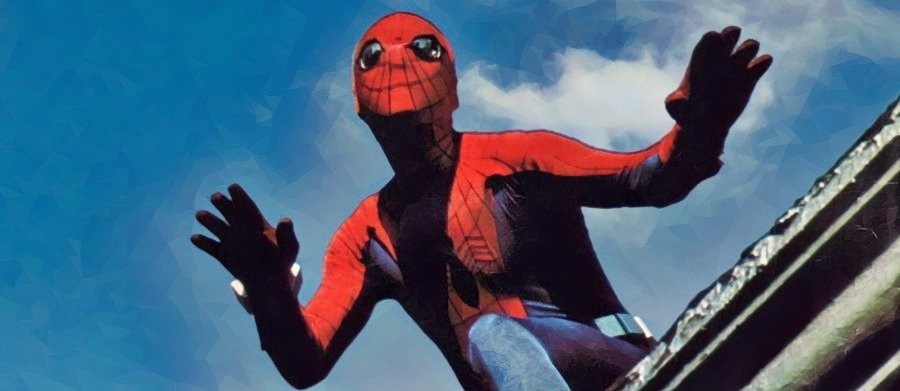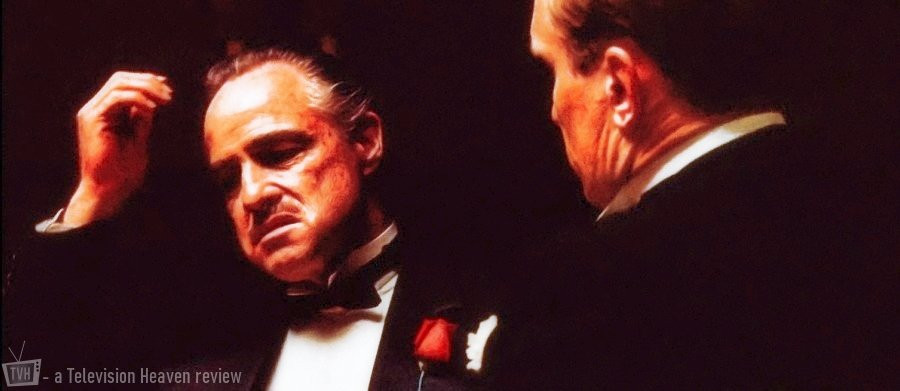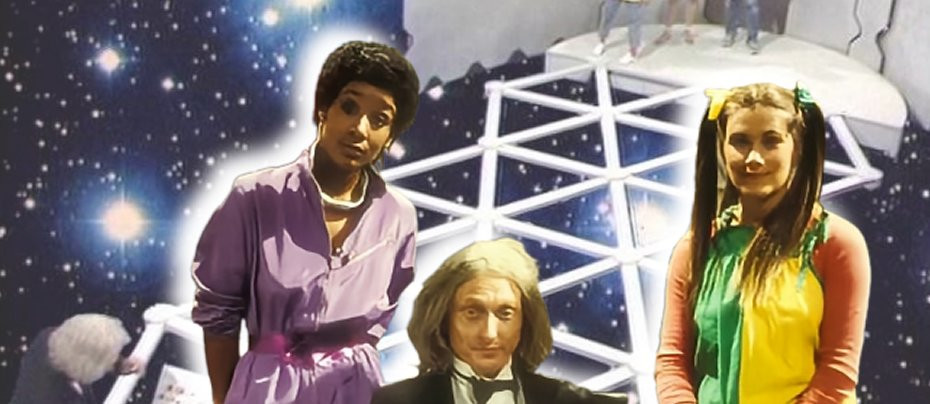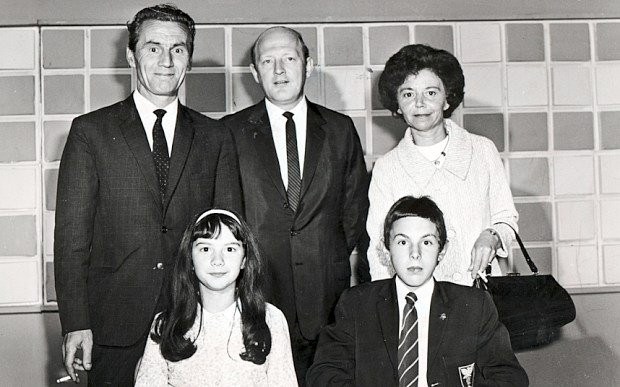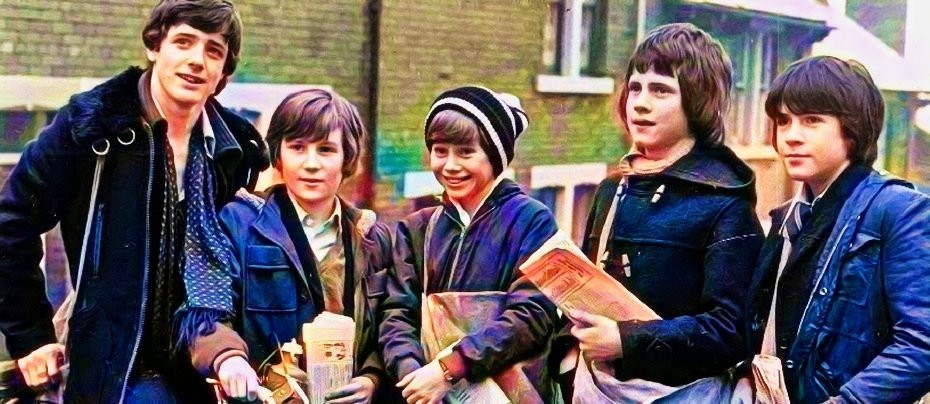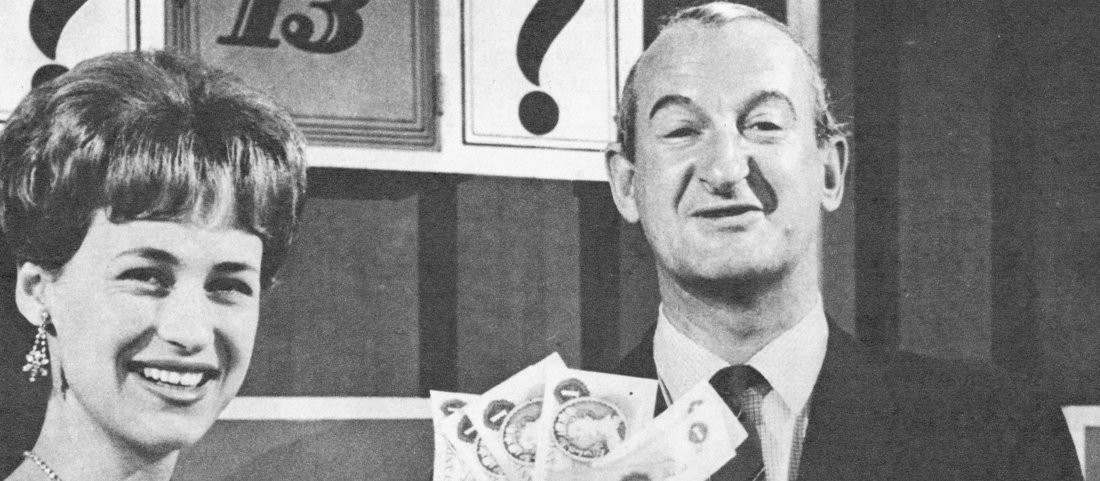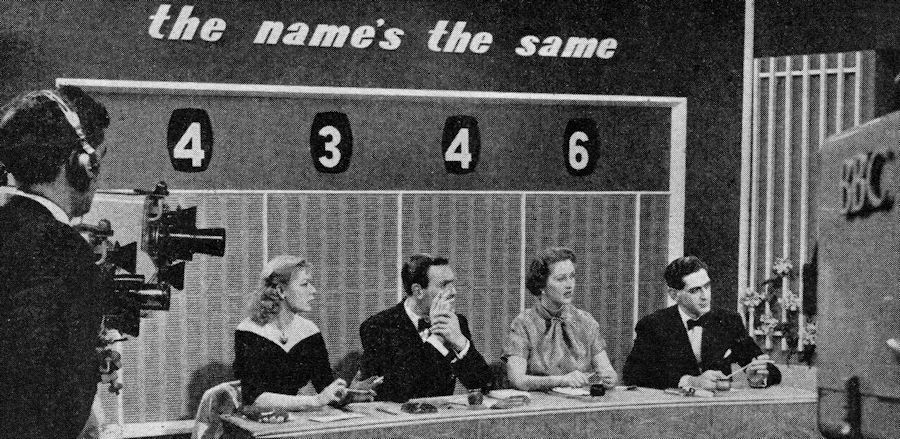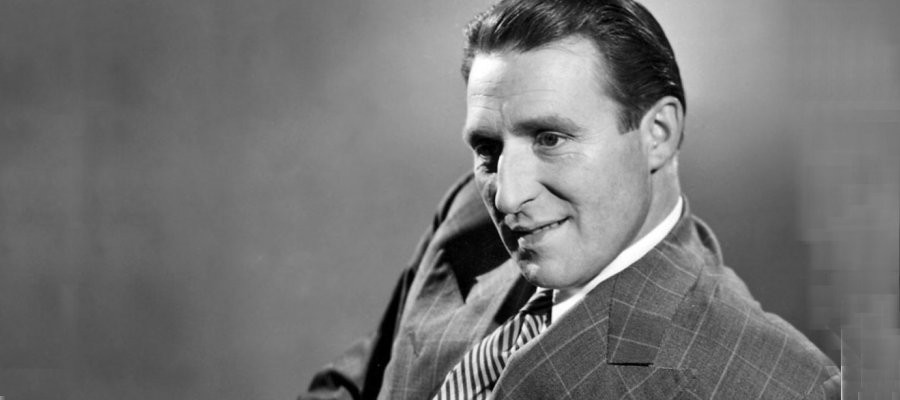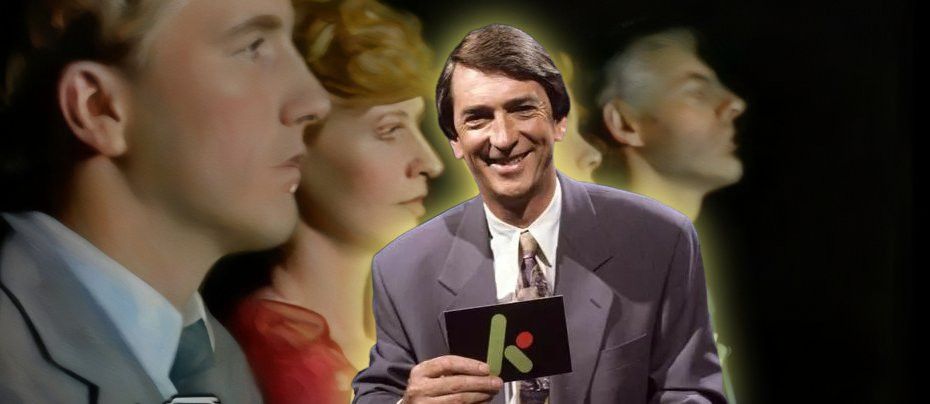
The Krypton Factor
1977 - United KingdomFirst airing in 1977, The Krypton Factor became one of the most iconic British quiz shows of the late 20th century, and for good reason. It was a unique blend of intelligence, physical skill, and mental agility, setting it apart from the typical trivia-based quiz shows of its time.
Hosted by the charismatic and ever-so-cool Gordon Burns, The Krypton Factor captivated viewers with its multi-disciplinary approach to competition. Contestants weren’t just answering general knowledge questions—they were also tested on their physical strength, reaction time, mental endurance, and problem-solving abilities. This eclectic mix of challenges made it a true test of all-round ability, which added a layer of intrigue and excitement for both participants and audiences.
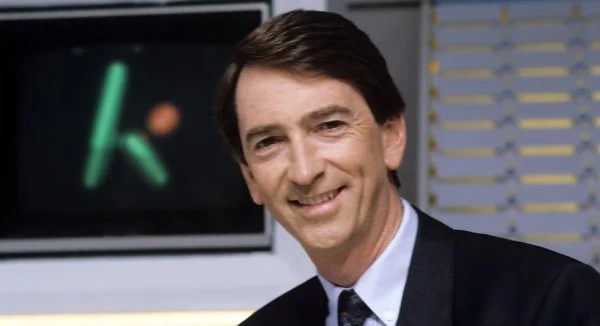
The show was structured into a series of rounds which often varied from series to series but the most common were Mental Agility, Observation, Logic, Physical, and the grand finale, General Knowledge. Each round presented different challenges, including anything from mental puzzles and memory tests to physical obstacles like the famous assault course, making it clear that success on the show required more than just a good memory—it was about being well-rounded.
The mental agility round was designed to challenge contestants’ cognitive flexibility, quick thinking, and ability to perform under time pressure. Contestants typically faced a series of fast-paced, mentally demanding tasks. These could vary from round to round, but some common elements were number sequences which involved contestants being shown a series of numbers or patterns that needed to be memorised so when they disappeared from their screens they could answer the question, "What is the colour of the third block from the left?" or "What is the colour of the block two to the left of the block to the right of the green block?"
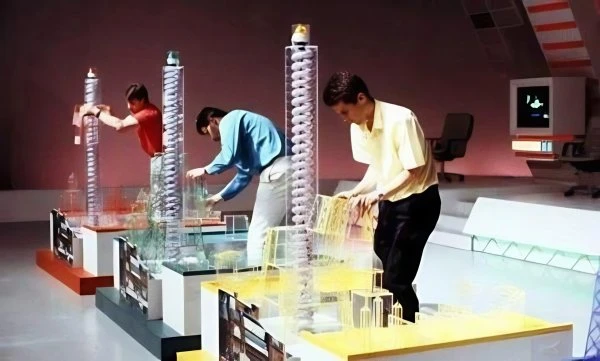
Occasionally, tasks involved quick mental arithmetic, where contestants had to perform basic math operations under a tight time constraint. Speed was crucial, as the contestant who made the fewest mistakes while completing tasks quickly was usually the one to come out on top.
In the observation round, the contestants were shown a series of images, scenes, or short video clips, often accompanied by a voice-over narration. These clips usually contained a number of details that would be relevant to the questions that followed, such as recognizing specific details like logos, colours, patterns, or specific words that were spoken or how many items or people were visible in a certain scene. Contestants needed to be sharp, focusing intensely on the minute details of the visual material shown to them.
The physical ability round was a pre-filmed sequence in which the contestants challenged each other on an army assault course of obstacles that included vertical and flat cargo nets, rope swings, water jumps, and rope bridges. According to Gordon Burns, some of the contestants trained for up to five weeks leading up to the contest but in some cases it didn’t stop them from sustaining physical injuries such as broken limbs, torn ligaments or falling off the aforementioned rope bridge.
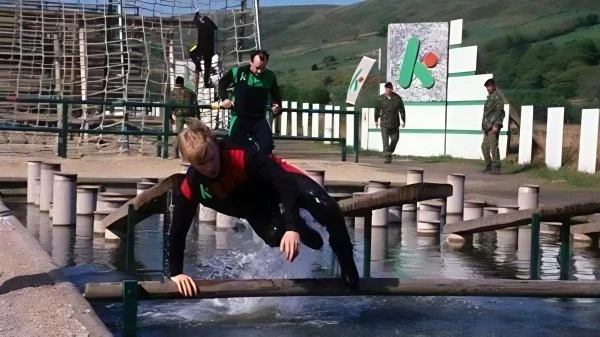
Finally, the contestants faced a fast-paced general knowledge round, open to all, with whoever buzzed in first being able to answer. This round was conducted in darkness using a side shot of the four contestants lit in profile – when a contestant buzzed in, the remaining three players' spotlights would go out. The format was changed in later series but this is by far the best remembered.
The points contestants earned through the game were not referred to as their score but as their "Krypton Factor". The show was named after Superman’s home in the DC comic book series. The Krypton Factor was well-received and even won the prestigious Premios Ondas – Spanish Television Award for Entertainment in 1987 and there were international versions which followed a similar format. The show was revived for two series aired in 2009 and 2010 with Ben Shephard as host, but it didn’t prove as popular as the original.
What really set The Krypton Factor apart was the intelligent and highly original way in which it combined mental challenges with physical ones. It wasn't just about brainpower—it was about how contestants could adapt under pressure, which made it a compelling watch for a wide audience. The quiz show didn’t just favour the book-smart; it rewarded those who could think on their feet and handle stress in the moment.
The Krypton Factor remains fondly remembered by many, not just for its originality but for the very specific way it tested human endurance and skill. It remains a classic example of a game show that pushed the boundaries of what a quiz/game show could be. For fans of quiz shows looking for something more than mere trivia, The Krypton Factor remains a standout example of how to create a truly engaging and challenging competition. Even decades after its original broadcast, it still holds a place in the hearts of many fans, its legacy firmly etched into the history of British television quiz shows.
Seen this show? How do you rate it?
Seen this show? How do you rate it?
Published on February 20th, 2025. Written by Malcolm Alexander for Television Heaven.



